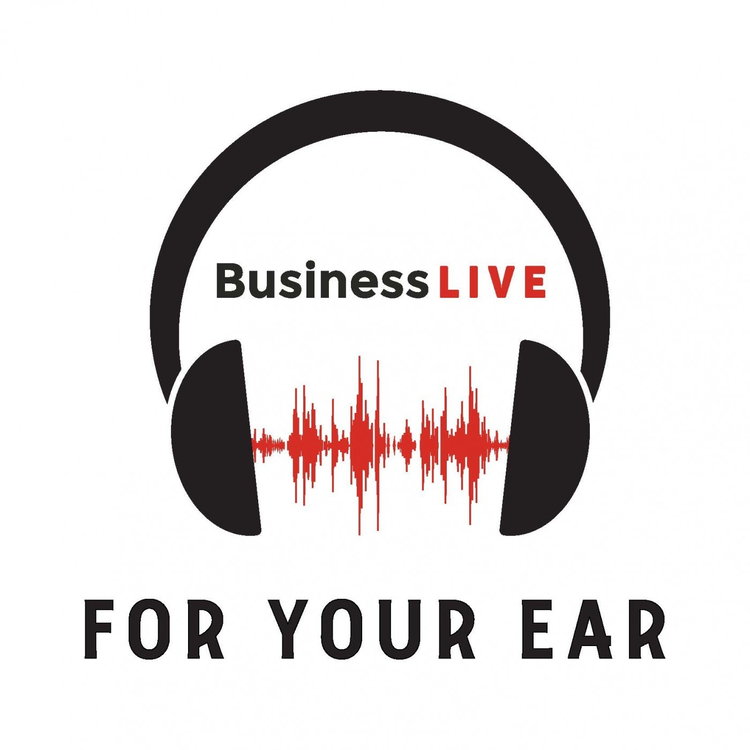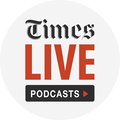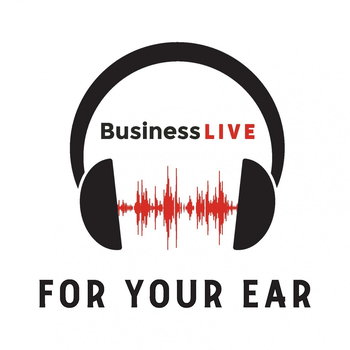
Concerns abound as recovery of world economy runs out of steam
Loading player...
The world economy’s rebound from the depths of the coronavirus crisis is fading, setting up an uncertain finish to the year.
The concerns are multiple. The coming northern winter may trigger another wave of the virus as the wait for a vaccine continues. Government support for furloughed workers and bank moratoriums on loan repayments are set to expire. Strains between the US and China could get worse in the run-up to November’s presidential election, and undermine business confidence.
“We have seen peak rebound,” Joachim Fels, global economic adviser at Pacific Investment Management, told Bloomberg Television. “From now on, the momentum is fading a little bit.”
That sets up a delicate balancing act for governments. They’ve injected almost $20-trillion in fiscal and monetary support, in an effort to get the economy as far back to normal as is feasible in a pandemic, and can point to much successes.
In the US, unemployment fell sharply in August and the housing market has been a bright spot. China’s steady recovery is cited by optimists as a guide to where the rest of the world is headed, while Germany is posting some decent industrial data too. And emerging markets are getting a breather from the dollar’s decline.
Long slog
But keeping up the momentum on all these fronts won’t be easy. It would likely require policymakers to top up their stimulus efforts, at a point when some are looking to cut back instead. And for all the scientific progress with vaccines, they won’t be available soon on the scale needed to bring the virus under tight control — a key condition for business-as-usual.
Meanwhile, there are headwinds. On labour markets, for example, government aid helped to drive an initial rebound — which may have been the easy part. Next up is the long slog of retooling businesses, reallocating resources, and retraining workers in industries that are no longer viable. That kind of restructuring could play out for some time.
Already in September, some of the world’s best-known industrial brands have signalled job cuts are on the way.
AP Moller-Maersk is planning a major overhaul that’s set to affect thousands at the world’s biggest container shipping company. Ford is cutting about 5% of its US salaried workers, and United Airlines Holdings will eliminate 16,000 jobs next month as it shrinks operations.
There are other worrying signs too.
In China, which contained the virus months ago, ...
The concerns are multiple. The coming northern winter may trigger another wave of the virus as the wait for a vaccine continues. Government support for furloughed workers and bank moratoriums on loan repayments are set to expire. Strains between the US and China could get worse in the run-up to November’s presidential election, and undermine business confidence.
“We have seen peak rebound,” Joachim Fels, global economic adviser at Pacific Investment Management, told Bloomberg Television. “From now on, the momentum is fading a little bit.”
That sets up a delicate balancing act for governments. They’ve injected almost $20-trillion in fiscal and monetary support, in an effort to get the economy as far back to normal as is feasible in a pandemic, and can point to much successes.
In the US, unemployment fell sharply in August and the housing market has been a bright spot. China’s steady recovery is cited by optimists as a guide to where the rest of the world is headed, while Germany is posting some decent industrial data too. And emerging markets are getting a breather from the dollar’s decline.
Long slog
But keeping up the momentum on all these fronts won’t be easy. It would likely require policymakers to top up their stimulus efforts, at a point when some are looking to cut back instead. And for all the scientific progress with vaccines, they won’t be available soon on the scale needed to bring the virus under tight control — a key condition for business-as-usual.
Meanwhile, there are headwinds. On labour markets, for example, government aid helped to drive an initial rebound — which may have been the easy part. Next up is the long slog of retooling businesses, reallocating resources, and retraining workers in industries that are no longer viable. That kind of restructuring could play out for some time.
Already in September, some of the world’s best-known industrial brands have signalled job cuts are on the way.
AP Moller-Maersk is planning a major overhaul that’s set to affect thousands at the world’s biggest container shipping company. Ford is cutting about 5% of its US salaried workers, and United Airlines Holdings will eliminate 16,000 jobs next month as it shrinks operations.
There are other worrying signs too.
In China, which contained the virus months ago, ...

